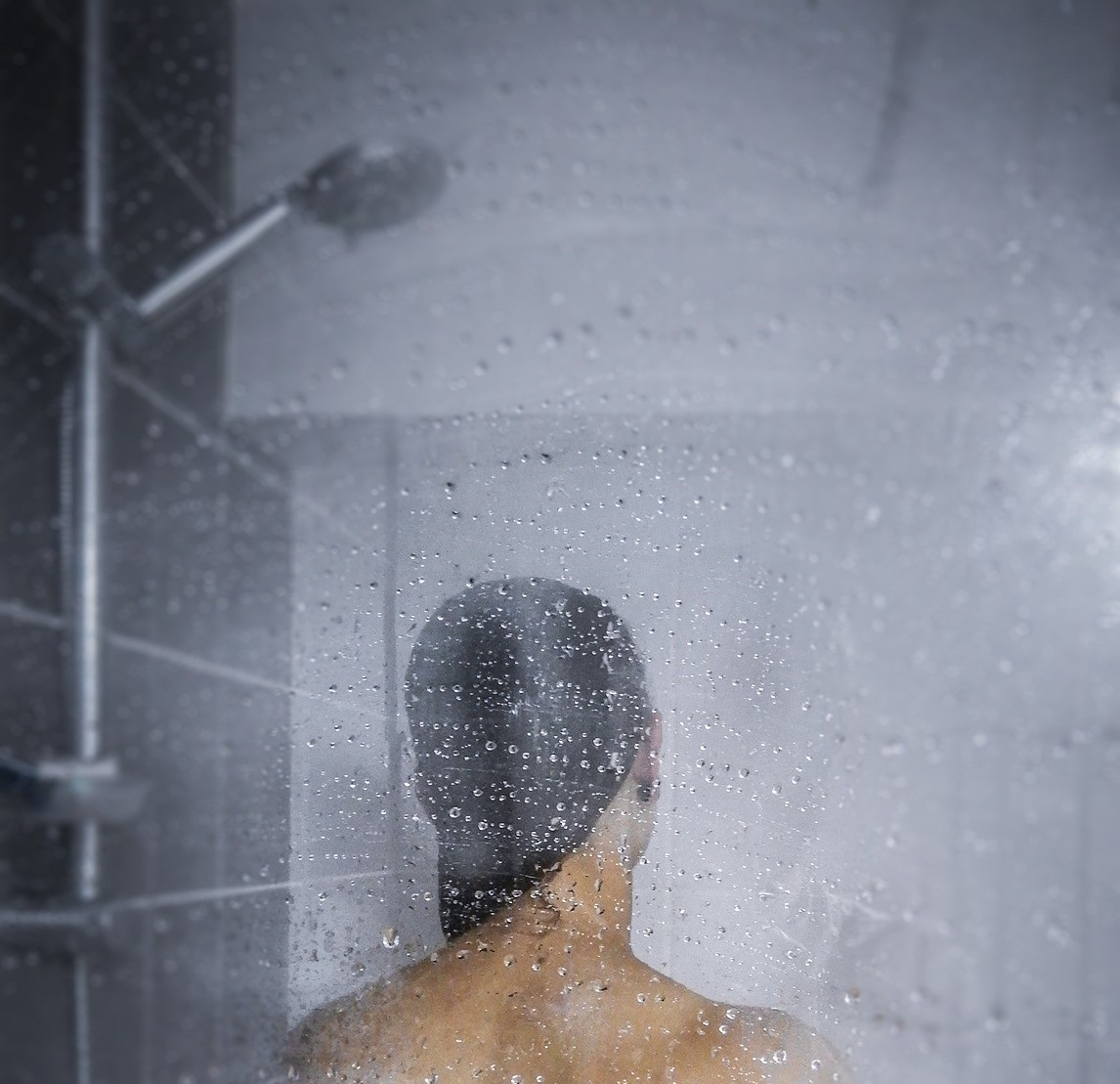Hot water safety
Contents |
[edit] Introduction
Hot water is considered an essential building service. The two components of a typical hot water system are:
- The central heating system which supplies hot water to radiators located around a building.
- Domestic hot water supplied to taps and sometimes to appliances.
The water and pipework used for these two systems are not mixed, although both share some of the same components.
[edit] Hot water safety under Section G3 of Approved Document G
Section G3 of Approved Document G defines ‘domestic hot water’ as water that has been heated for cooking, food preparation, personal washing or cleaning purposes. Under Approved Document G, the “suitable installation for the provision of heated wholesome water or heated softened wholesome water” is required.
Section G3 provides specific guidance regarding hot water safety for sanitaryware (including washbasins, sinks, baths, showers and bidets) and other water storage systems (including cisterns or other water supply vessels). Under Section G3, systems should incorporate precautions to:
- Prevent the temperature of the water stored in the vessel at any time exceeding 100C.
- Ensure that any discharge from safety devices is safely conveyed to where it is visible but will not cause a danger to persons in or about the building.
Furthermore, the hot water supply to any fixed bath must be so designed and installed as to incorporate measures to ensure that the temperature of the water that can be delivered to that bath does not exceed 48C.
Section G3 provides specific information on additional areas, including
Guidance:
- Performance
- General
- Provision of hot water supply
Design and installation of directly or indirectly heated hot water storage systems:
- General
- Vented hot water storage systems
- Unvented hot water storage systems – all systems
- Unvented hot water storage systems – systems up to 500 litres capacity and 45kW power input
- Unvented hot water storage systems – systems over 500 litres capacity or over 45kW power input
Discharge pipes from safety devices:
Prevention of excessive temperatures
Prevention of scalding
Commissioning of fixed building services
Notice of completion of commissioning
[edit] Further guidance
In addition to the information in Approved Document G, further guidance for hot water storage system design and installation can be found in three British Standards Institution (BSI) documents:
- BS EN 806-5:2012 Specifications for installations inside buildings conveying water for human consumption. Operation and maintenance.
- BS 8558:2015 Guide to the design, installation, testing and maintenance of services supplying water for domestic use within buildings and their curtilages.
- BS EN 12897:2006 Water supply.
[edit] Related articles on Designing Buildings
- A guide to installing thermostatic mixing valves: what, why and how.
- Approved Document G.
- Building services.
- Hot water.
- Hot water safety in health and social care settings.
- Plumbing.
- Stagnation point.
- Tap.
- Water heating.
[edit] External resources
- BSI, BS EN 806-5:2012 Specifications for installations inside buildings conveying water for human consumption. Operation and maintenance.
- BSI, BS 8558:2015 Guide to the design, installation, testing and maintenance of services supplying water for domestic use within buildings and their curtilages.
- BSI, BS EN 12897:2006 Water supply.
- Gov.uk, Approved Document G.
Featured articles and news
Homes England supports Greencore Homes
42 new build affordable sustainable homes in Oxfordshire.
Zero carbon social housing: unlocking brownfield potential
Seven ZEDpod strategies for brownfield housing success.
CIOB report; a blueprint for SDGs and the built environment
Pairing the Sustainable Development Goals with projects.
Types, tests, standards and fires relating to external cladding
Brief descriptions with an extensive list of fires for review.
Latest Build UK Building Safety Regime explainer published
Key elements in one short, now updated document.
UKGBC launch the UK Climate Resilience Roadmap
First guidance of its kind on direct climate impacts for the built environment and how it can adapt.
CLC Health, Safety and Wellbeing Strategy 2025
Launched by the Minister for Industry to look at fatalities on site, improving mental health and other issues.
One of the most impressive Victorian architects. Book review.
Common Assessment Standard now with building safety
New CAS update now includes mandatory building safety questions.
RTPI leader to become new CIOB Chief Executive Officer
Dr Victoria Hills MRTPI, FICE to take over after Caroline Gumble’s departure.
Social and affordable housing, a long term plan for delivery
The “Delivering a Decade of Renewal for Social and Affordable Housing” strategy sets out future path.
A change to adoptive architecture
Effects of global weather warming on architectural detailing, material choice and human interaction.
The proposed publicly owned and backed subsidiary of Homes England, to facilitate new homes.
How big is the problem and what can we do to mitigate the effects?
Overheating guidance and tools for building designers
A number of cool guides to help with the heat.
The UK's Modern Industrial Strategy: A 10 year plan
Previous consultation criticism, current key elements and general support with some persisting reservations.
Building Safety Regulator reforms
New roles, new staff and a new fast track service pave the way for a single construction regulator.























